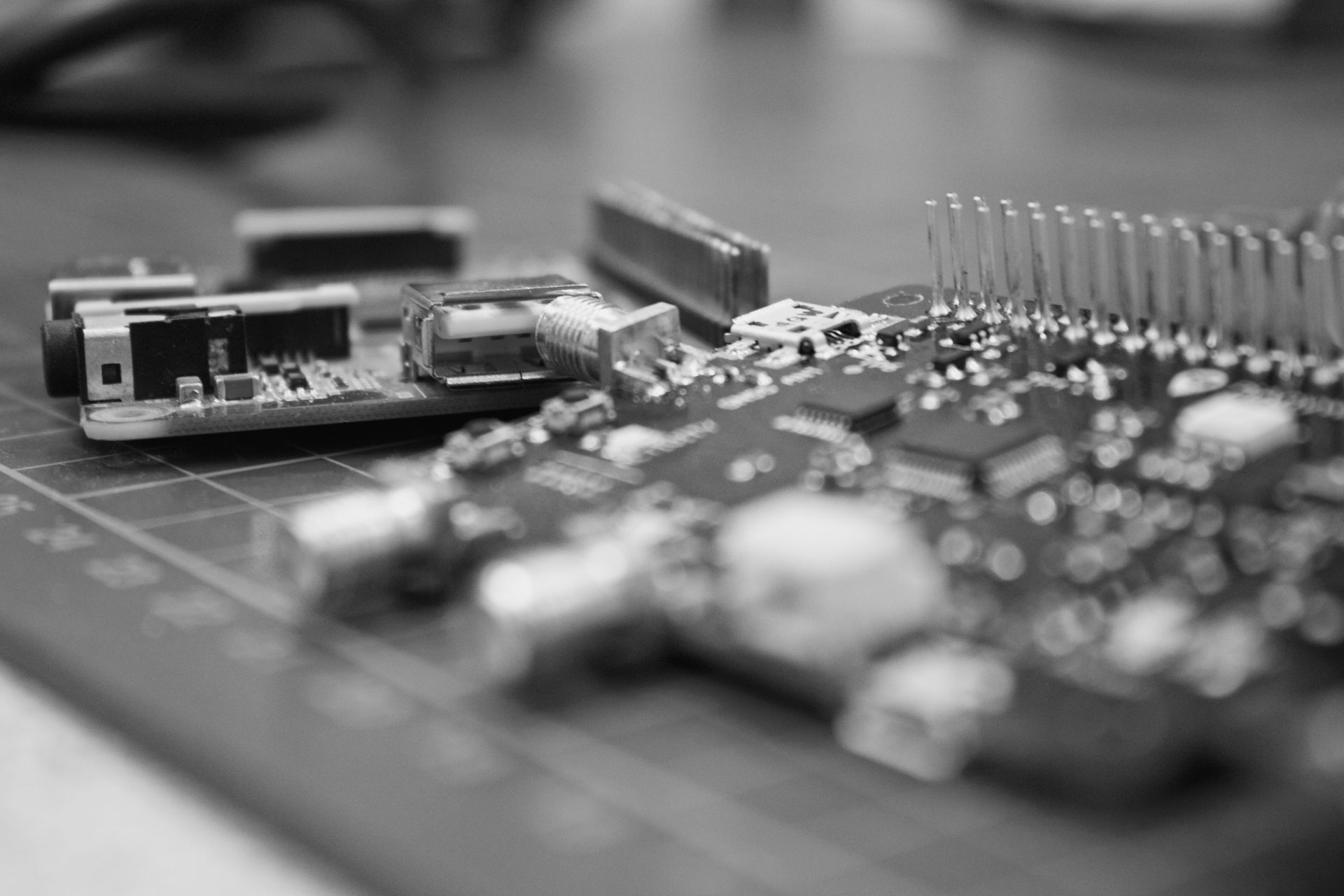Media Releases
Just add water: the ‘Internet of Things’ goes underwater

James Cook University scientists believe the emerging ‘Internet of Underwater Things’ has massive potential – but serious issues need to be overcome first.
Dr Mostafa Rahimi Azghadi is a Senior Lecturer in Electrical and Electronic Engineering at JCU’s College of Science and Engineering.
He said the Internet of Things (IoT) can be broadly described as infrastructure that connects equipment and other devices to the Internet and to one another.
“The IoT is expected to transform and revolutionise the way we live in almost every technological area. It’s advancing at a truly astonishing pace. By contrast, the Internet of Underwater Things (IoUT) is just starting to be explored,” said Dr Rahimi Azghadi.
He said the IoUT connects underwater objects in maritime and underwater environments. It includes intelligent boats and ships, automatic marine transportation, positioning and navigation, underwater exploration, disaster prediction and prevention devices, as well as underwater monitoring and security systems.
But there are obvious problems using technology underwater that was designed for use on land.
“Many issues on dry land that can be readily solved pose a significant challenge in underwater scenarios. So, we conducted an examination of the state of play to see what the issues were and what the solutions might be,” said Mohammad Jahanbakht, Engineering PhD student and the lead author of the study.
As an example of the problems examined, Dr Rahimi Azghadi said data produced by the sensors, hydrophones, and cameras of the IoUT is enormous, but is more sensitive to corruption in underwater environments compared to IoT and will need more analytical computer power applied to it before it is useful.
“Data generated in the past five years exceeds the whole amount of data generated before that, and traditional mathematical and statistical techniques, widely known as data mining, soon won’t be able to keep up.
“That’s where Machine Learning – computers that can independently learn and adapt – comes in. It won’t be for convenience sake, it will be because they will be needed to effectively process the vast volumes of data that we will have,” he said.
Dr Rahimi Azghadi said the scientists found that some of the IoUT technology challenges may be mitigated with the aid of big data processing and analytics.
“Others are going to require research efforts from the broader engineering community, hardware vendors, and policymakers. It’s a huge field and the problems and solutions and opportunities will come in all sizes,” he said.
The team’s comprehensive 54-page research paper has been published in the top-ranked engineering journal, IEEE Communications Surveys and Tutorials.
Professor Wei Xiang, who is currently Cisco Research Chair of AI and IoT at La Trobe University as well as a JCU adjunct professor, said the accepted paper is the outcome of an international collaborative effort.
“It spanned nearly two years from topic conceptualisation to paper acceptance. It’s the most recent and comprehensive survey to date on the Internet of Underwater Things and marine data analytics,” he said.
Link to journal:
https://ieeexplore.ieee.org/document/9328873
Dr Mostafa Rahimi Azghadi
E: mostafa.rahimiazghadi@jcu.edu.au